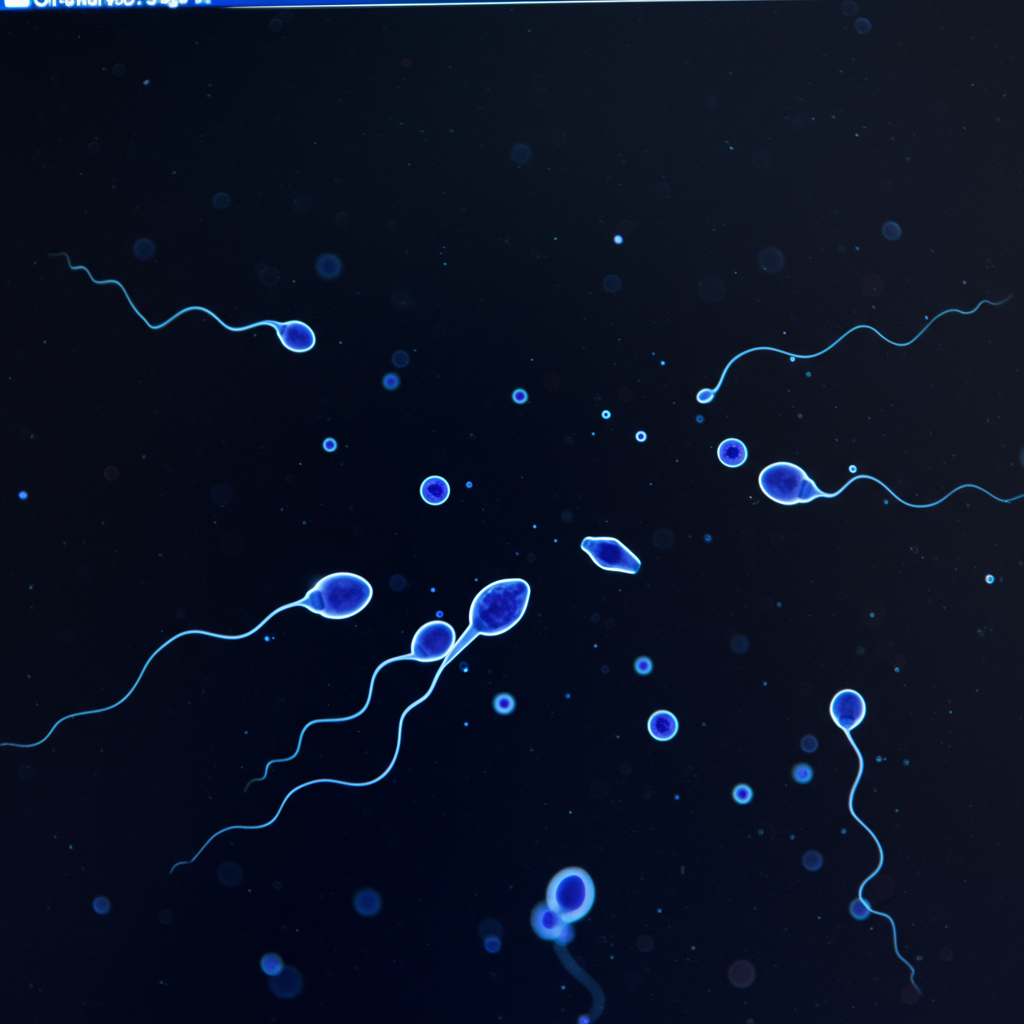A controversial new beach destination has just opened its doors in North Korea. Built on the country’s east coast, the sprawling Wonsan Kalma resort recently welcomed its initial group of foreign visitors. These first tourists arrived from Russia this week. This move signals a cautious step towards reopening North Korea’s borders. It also aims to boost its struggling economy and strengthen ties with Moscow. However, the resort’s gleaming facade hides a disturbing reality. Grave concerns surround its construction.
Human rights organizations have sharply criticized the project. They point to alleged harsh treatment and forced labor used to build it. Experts and defectors offer chilling accounts of the conditions workers faced. This complex picture of ambitious tourism and severe human costs defines the Wonsan Kalma resort.
Building a ‘World-Class’ Vision
North Korean leader Kim Jong Un championed the Wonsan Kalma project. He hailed it as a “world-class tourist and cultural destination.” The vision is certainly ambitious in scale. Early planning documents reportedly targeted attracting around one million visitors annually. The primary focus for foreign arrivals was set on China and Russia. This aligns with a stated intention to “open North Korea up a bit.” It also serves as a means to earn crucial foreign currency under international sanctions.
The resort’s design took inspiration from an unlikely source: Spain’s Costa Blanca. In 2017, North Korea sent a delegation on a fact-finding mission. They toured the famous resort town of Benidorm. The team, including high-ranking politicians and architects, studied its features. They took notes on high-rise hotels, a theme park, and a marina. The Wonsan Kalma plan reflects some of these ideas. Brochure maps show dozens of hotels lining the beach. There are also guest houses planned on an artificial lake. Camping sites are included in the designs. An aquatic park features towering yellow water slides. An entertainment quarter proposes a theatre, recreation centers, and a cinema.
Significantly, the resort occupies a site with a different past. The Kalma peninsula was reportedly used for weapon testing less than a decade ago. The transformation is stark. One could see it as a symbolic shift, attempting to turn military sites into leisure spots.
A Frenzied Pace and Sudden Halt
Satellite imagery reveals the intense speed of construction. Starting in early 2018, dozens of buildings rapidly appeared. They sprung up along a 4km (2.5 mile) stretch of coastline. Within about 18 months, roughly 80% of the resort was complete. Research from satellite imagery firms supports this rapid pace. This whirlwind effort, however, didn’t last.
Construction work on the site appeared to pause unexpectedly. The exact reasons remain somewhat opaque. State media later attributed delays to factors like material shortages. They also cited design changes, possibly linked to the COVID-19 pandemic. North Korea imposed strict border closures in early 2020. This effectively halted most international contact and slowed large projects.
Work on the Wonsan Kalma resort seemed to resume more actively in 2024. This followed a significant meeting between Kim Jong Un and Russian President Vladimir Putin in June. During this meeting, Putin publicly stated his intention to encourage Russian citizens to visit North Korea’s holiday resorts. This high-level endorsement appears to have given the project renewed momentum.
The Gruesome Reality of Construction
The speed at which the resort was built has sparked serious concerns. The treatment of construction workers is a focal point of criticism. The United Nations has highlighted North Korea’s system of forced labor. This includes the notorious “shock brigades.” Workers in these brigades often endure brutal conditions. They face extremely long hours and receive inadequate compensation.
Reports suggest the Wonsan resort was built using these shock brigades. Officials from the UN Human Rights Office in Seoul have cited such accounts. They mention reports of workers laboring for 24 hours at a time to meet deadlines. This aligns with typical shock brigade tactics.
Defectors from North Korea corroborate these harsh realities. One former manager of shock brigades, though not involved in the Wonsan project, described the underlying principle. He stated that completing the task was paramount, “even if it cost you your life.” He witnessed severe physical strain and malnutrition among workers. Female workers, he recalled, sometimes stopped menstruating due to the poor conditions and lack of food. Another defector, who worked in Wonsan, shared her cousin’s experience. He volunteered for resort construction hoping to gain residency in the capital, Pyongyang. Instead, he faced extreme fatigue and hunger. She reported poorly organized facilities and tragic incidents. Some workers reportedly died from falls or other accidents. Authorities, she claimed, took no responsibility for these deaths.
Beyond the workers, local residents were also impacted. The resort project’s expansion reportedly led to the displacement of people from their homes. This happened near the resort area. Satellite analysis supports this, showing building demolitions near the main road. New, larger tower blocks have replaced them. Residents were often driven out without compensation. The system offers little recourse. People cannot openly speak out or protest unfair treatment.
The First Tourists Arrive: A Russian Connection
Despite the ethical shadows and previous delays, the resort is now open. It’s beginning to fulfill its intended role: attracting foreign visitors. The first group to arrive came from Russia. This aligns with North Korea’s economic and political goals. The country needs foreign currency. Boosting tourism is one way to earn it. Furthermore, welcoming Russian tourists reinforces strengthening ties between Pyongyang and Moscow. This relationship has grown closer, particularly following North Korea’s military support for Russia’s war in Ukraine.
Searching for evidence of tourism promotion, checks of tour agency sites in China and Russia yielded different results. No Chinese agencies were found advertising trips specifically to Wonsan Kalma. However, three Russian agencies were indeed offering tour packages including the new resort. Posing as an interested customer, a call to one agency in early July provided details. The first scheduled departure, set for July 7th, had attracted 12 people from Russia. The cost for a week-long trip, including three days at the Wonsan resort, was quoted at $1,800 (£1,300). This price is notably high, representing about 60% more than the average monthly salary in Russia. This specific operator had two further trips planned for August. Other agencies declined to disclose their booking numbers.
Interest from other regions has also surfaced, albeit with significant caveats. A UK travel firm reportedly created a page for potential visitors to register interest. They were surprised by over 250 sign-ups. However, current travel advisories make visits from countries like the UK highly unlikely and officially discouraged. Furthermore, South Korean and US tourists are considered very unlikely to be permitted entry given the ongoing political tensions.
Skepticism and an Uncertain Future
While North Korea touts the Wonsan Kalma resort as a major achievement, experts remain skeptical about its potential popularity, especially among international tourists from diverse backgrounds. Andrei Lankov, an expert on Russian-North Korean relations, believes the resort is “highly unlikely to become seriously popular with Russian visitors.” He argues that destinations like Turkey, Egypt, Thailand, and Vietnam offer significantly superior standards of service, greater freedom from supervision, and are generally more appealing vacation spots.
Moreover, the broader context of North Korean tourism remains unpredictable. The country’s engagement with foreign visitors has been erratic. Following years of strict border closures during the pandemic, there were signs of a limited reopening. Some Western traveler groups reportedly began arriving in February 2025 on short tours. However, this brief period of opening abruptly halted. Just weeks later, North Korea reportedly paused visits for Westerners again. This sudden reversal has left travel agencies specializing in North Korea uncertain. They have received no official explanation for the decision. This unpredictability casts a shadow over the Wonsan Kalma project’s long-term viability as a major international destination.
Official travel advisories remain a significant barrier. The UK Foreign Office, for example, advises against “all but essential travel” to North Korea. Warnings highlight the unpredictable security situation and high tensions on the Korean Peninsula. The closure of some embassies limits support for foreign nationals. Lack of reliable internet and mobile networks makes external communication nearly impossible. There are also historical instances of foreign visitors being detained. Rights groups add a strong ethical dimension, arguing that vacationing at a resort allegedly built with forced labor is morally questionable.
Kim Jong Un reportedly wants the resort fully completed. Some reports suggested a target date for 2024 or 2025. While the domestic enjoyment aspect mentioned by some experts is plausible, the significant scale and initial planning documents point strongly towards an international tourism focus, particularly targeting Russia and China for economic reasons. Despite the arrival of the first Russian tourists, the path forward for the Wonsan Kalma resort as a thriving international hub is fraught with ethical concerns, political uncertainties, and practical challenges.
Frequently Asked Questions
What human rights concerns are linked to the Wonsan Kalma resort’s construction?
Significant human rights concerns surround the resort’s construction. Reports indicate it was built using North Korea’s forced labor system, including “shock brigades.” Workers allegedly faced harsh conditions, including very long hours (up to 24-hour shifts reported), inadequate food, physical strain, and lack of safety measures. Defectors have shared accounts of workers dying from accidents with no official responsibility taken. Local residents were also reportedly displaced from their homes without compensation as the project expanded.
Which countries’ tourists are currently visiting or targeted by North Korea’s Wonsan resort?
The first foreign tourists to visit the Wonsan Kalma resort came from Russia in July 2024. Early planning documents identified China and Russia as the primary target markets for international visitors, aiming for around one million tourists annually. Currently, Russian tour agencies are advertising trips, with one reporting 12 bookings for the first departure. Due to political tensions and travel restrictions, tourists from South Korea and the United States are considered very unlikely to be permitted entry. Travel for Westerners generally remains highly unpredictable and often discouraged by official advisories.
Is it safe or ethical for tourists to visit North Korea’s new Wonsan Kalma resort?
Official advisories, such as the UK Foreign Office’s stance against “all but essential travel,” highlight significant safety risks in North Korea, including high political tension, limited communication, lack of consular support, and risk of detention. Beyond safety, human rights groups and experts raise serious ethical concerns. They argue that vacationing at the Wonsan Kalma resort is morally questionable given credible reports that it was built using forced labor and under conditions that led to worker deaths and displacement. Tourists considering a visit must weigh these safety risks and ethical considerations carefully.
A Complex and Contradictory Opening
The opening of North Korea’s Wonsan Kalma resort marks a paradoxical moment. It represents a bold ambition to enter the international tourism market, offering beach holidays and waterslides. This ambition is underscored by inspirations drawn from global leisure hubs like Benidorm and a strategic focus on earning foreign revenue and solidifying political alliances. Yet, this shiny new facade cannot easily mask the dark realities of its creation. The resort stands as a stark reminder of the human cost extracted through forced labor and displacement. For now, it welcomes a small group of Russian tourists, a tangible outcome of recent political maneuvering. However, its future as a truly “world-class” or widely popular destination remains deeply uncertain, shadowed by ethical questions, unpredictable policies, and persistent travel warnings.



